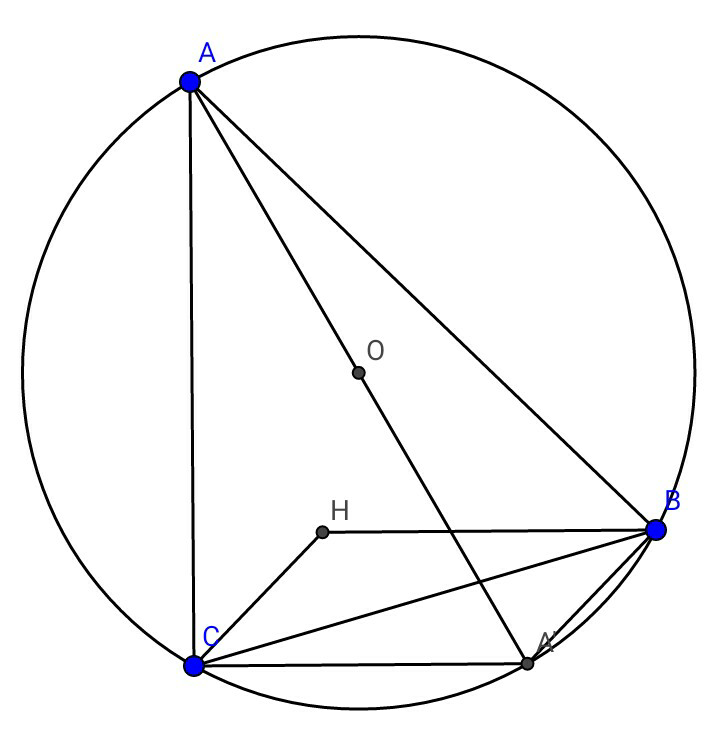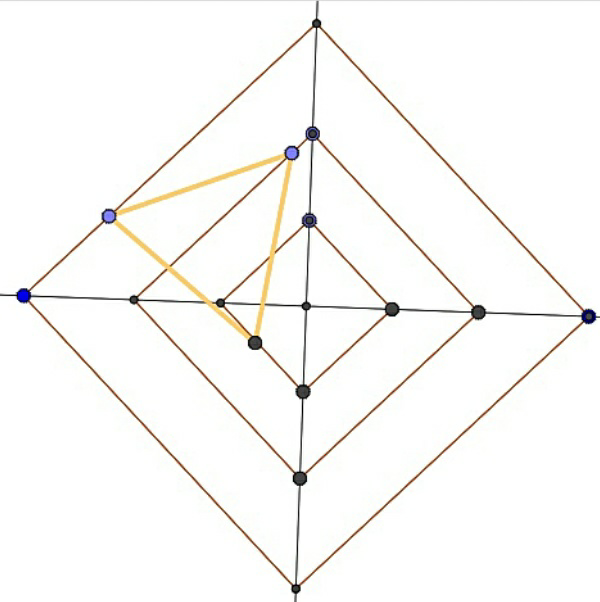
GeometryQuestion and Answers: Page 111
Question Number 16879 Answers: 0 Comments: 0
Question Number 16878 Answers: 0 Comments: 2
Question Number 16877 Answers: 0 Comments: 0
Question Number 16875 Answers: 0 Comments: 0
Question Number 16874 Answers: 0 Comments: 0
Question Number 16911 Answers: 0 Comments: 1
Question Number 16873 Answers: 0 Comments: 0
Question Number 16803 Answers: 1 Comments: 1

Question Number 16785 Answers: 2 Comments: 2

Question Number 16771 Answers: 1 Comments: 1

Question Number 16756 Answers: 2 Comments: 1
Question Number 16740 Answers: 1 Comments: 3
Question Number 16739 Answers: 0 Comments: 0
Question Number 16738 Answers: 0 Comments: 0
Question Number 16737 Answers: 0 Comments: 0
Question Number 16736 Answers: 0 Comments: 0
Question Number 16735 Answers: 0 Comments: 0
Question Number 16734 Answers: 0 Comments: 0
Question Number 16754 Answers: 2 Comments: 1

Question Number 16665 Answers: 0 Comments: 1

Question Number 16641 Answers: 0 Comments: 0
Question Number 16595 Answers: 1 Comments: 4

Question Number 16592 Answers: 1 Comments: 1
Question Number 16579 Answers: 0 Comments: 3

Question Number 16570 Answers: 0 Comments: 1
Question Number 16483 Answers: 0 Comments: 12

Pg 106 Pg 107 Pg 108 Pg 109 Pg 110 Pg 111 Pg 112 Pg 113 Pg 114 Pg 115
